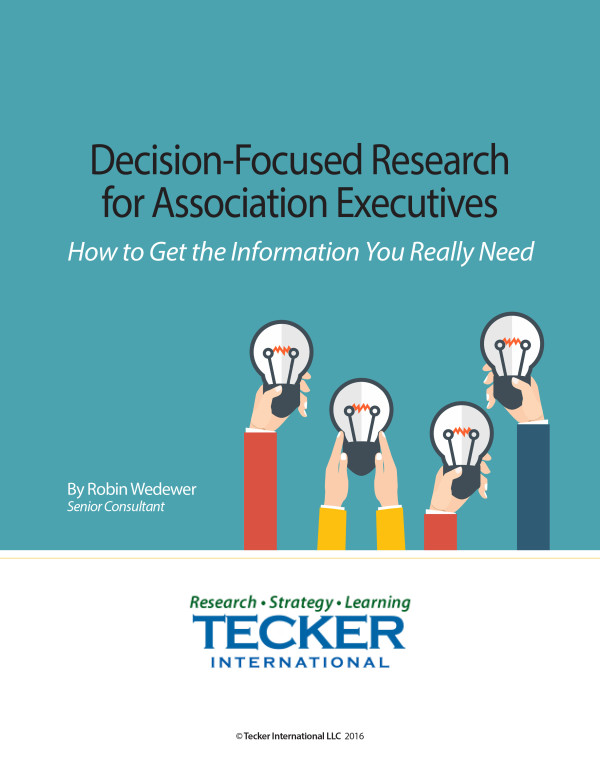We live in a world full of disruption . . . at least that’s what I hear.
Years ago, my brother and I watched the mail in early November for the arrival of the Sears, JC Penny, and Wards Christmas catalogs. The deliberate, hunched over pace of the mailman with the extra-large bag was evidence that the day had arrived.
We could see every possible toy we could ever want. Everything was available to us. We dog-eared, circled, created lists with page numbers for Santa, our parents and anyone else who might want to buy us gifts. This was our reality because stores around us could not stock everything. Products had to be ordered weeks in advance (that might just be because I grew up somewhere between the Mississippi River and the Rocky Mountains). We had to plan ahead and build in that wait time to get the products we ordered (or at least “Santa” did).
When I was in college, stores tried to stock everything. We expected our “toys” now and the product delivery and retail systems made that happen. Little did we know that not every product in the catalogues was actually on the shelf, but it seemed like it. We were willing to adapt our wants and needs to those products available NOW.
Fast forward to a world where every possible product is available to us. We can search and compare price across the globe. Some brands don’t even have stores. They have a presence. Stores are created in a few places to enhance that presence. In fact, adapting to a retail setting may not part of the product launch. Physical presence with the consumer is a secondary option to a virtual presence (think Harry’s razors for one example). We know EXACTLY want we want, can order it at midnight from our couch, and are willing to wait a day or two, or even a week, to get it. Sounds like the catalog days.
Now logistics companies (Amazon, UPS, Fed EX, USPS, Google) are trying to shorten our wait time. They are attempting to shift our expectations based upon changes in technology.
We commonly hear about the “Uberization” of a profession or industry. It is a concept that strikes fear in many during discussions of industry or professional trends. Lyft and then Uber created an app that allows us to more efficiently expand the available options to get from point A to point B. It started with rideshares on college campuses and then expanded to larger communities. The ability to identify our precise location via technology in our pocket, indicate where we want to be and see if there is anyone with a free seat and a few extra minutes. Seems to me an expansion of the call to our neighbors to see if anyone can run the kids to basketball practice. Throw in a more organized way to “pay for gas” and you have disruption.
The real innovation came from adapting new technology to an old way of doing things. It is a bit of a Blue Ocean Strategy by creating a new market, but not a significant alteration of the transportation paradigm. The cost of rides is beginning to be less of a factor as market forces take effect. Lyft and Uber were able to charge less partly on the backs of local taxpayers. Cab fares have long been a mechanism to get visitors to pay for convention centers, airports, roads, and subsidize local transit projects.
Both examples above demonstrate cycles of adapting individual expectations to logistics. Technology and transportation are increasing the pace by which we get raw materials shaped into the products we want and need. Technology is able to make immediate connections between a person with a need and a person nearby with capacity. Big Data is increasing the pace of understanding individual wants, needs, and preferences with the intent of connecting that information to products (even medical devices and medications).
Disruption has become a negative and fear-filled concept that creates a defensive reaction rather than a productive discussion. The challenge for leaders is getting past the “how do we stop this from happening to us” discussion and move to identifying the wants, needs, and expectations of the public we want to buy our products or services and assess the impact on our association’s members.
It is much more productive to identify the critical drivers of change effecting an industry or profession along with understanding our internal and external barriers to change. It is also extremely enlightening to explore how individuals, institutions, companies and associations can capitalize on or overcome those. This becomes a discussion of real, connected, long-term strategy without the defensive fear of being disrupted.
Need to go, looks like UPS will get here with the “need” I ordered. Just in time since my Uber ride is here in 6, no wait, 8 minutes. Darn traffic.

